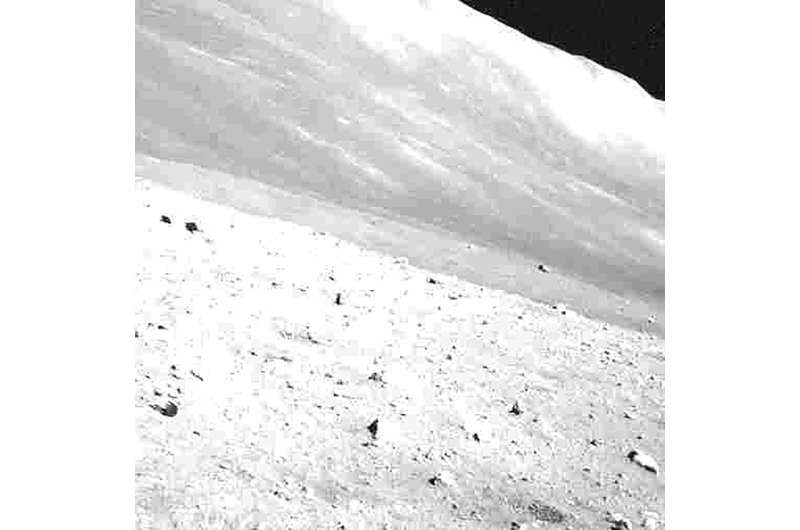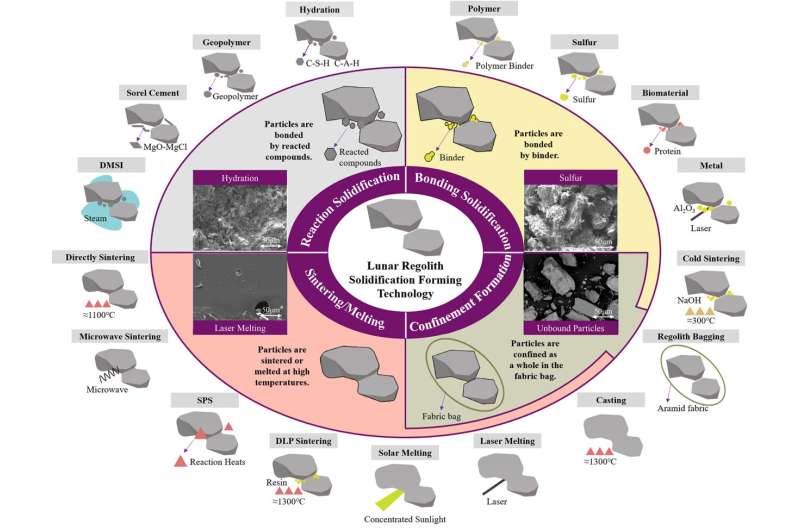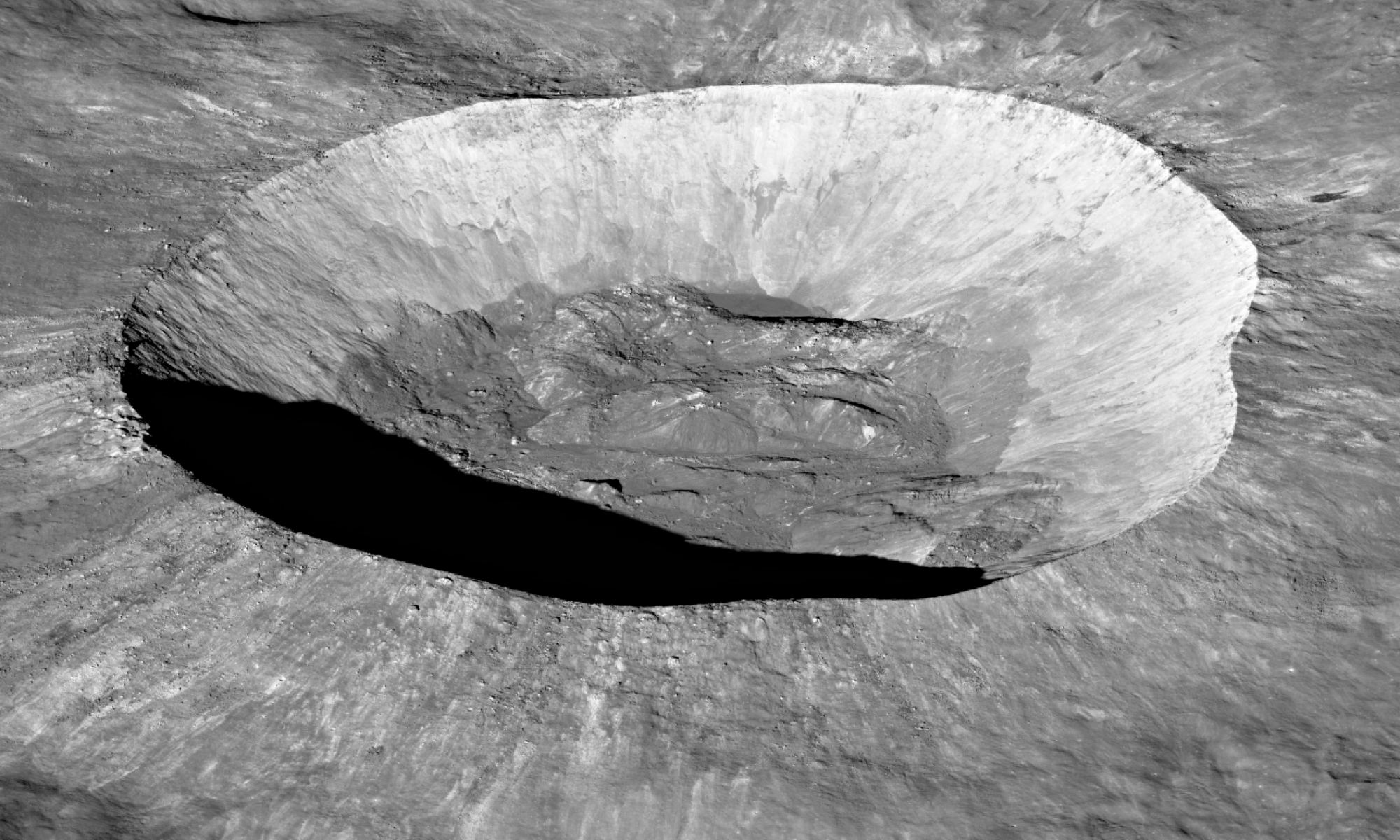After touching down on the moon’s far side, China’s Chang’e-6 lander is collecting samples to bring back to Earth — and sending back imagery documenting its mission.
Chang’e-6, which was launched May 3, went through weeks’ worth of in-space maneuvers that climaxed with its weekend landing in the moon’s South Pole-Aitken Basin region. The mission plan calls for the probe to collect samples of lunar soil and rock over the course of about two days, and then pack them up for the return trip.
If the operation is successful, Chang’e-6 would bring back the first fresh lunar samples ever collected on the moon’s far side — following up on the Chang’e-5 mission in 2020, which returned samples from the moon’s Earth-facing side.
Continue reading “Chinese Probe Lands on Moon’s Far Side to Collect Samples for Return”









